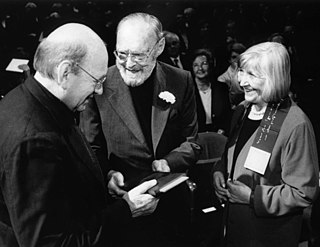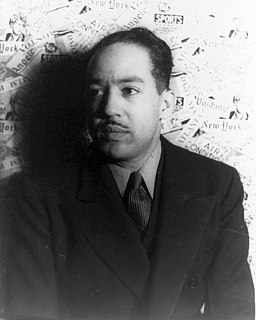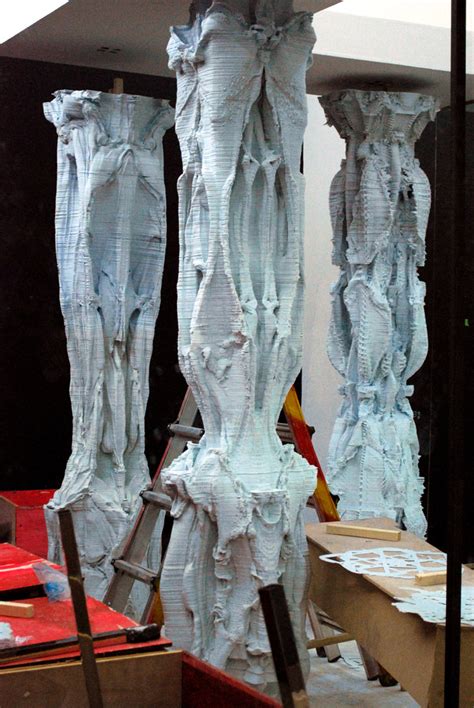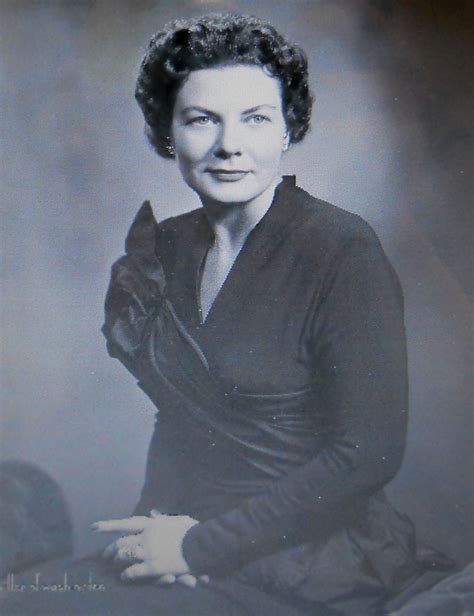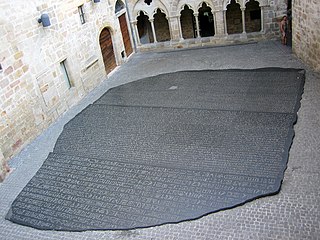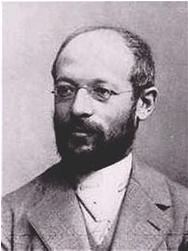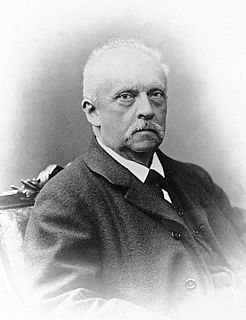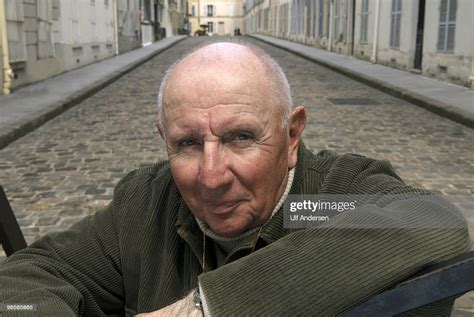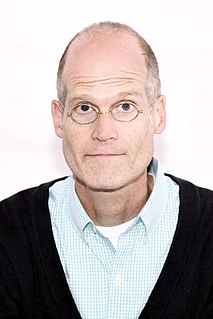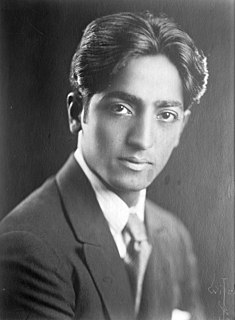A Quote by Bernd Becher
This is about objects, not motifs. The photo is only a substitute for an object; it is unsuitable as a picture in its customary sense.
Related Quotes
Of course, pictures of objects also have this transcendental side to them. Every object, being part of an ultimately incomprehensible world, also embodies that world; when represented in a picture, the object conveys this mystery all the more powerfully, the less of a 'function' the picture has. Hence, for instance, the growing fascination of many beautiful old portraits.
When we hold a photo negative up to the light all objects are reversed. Black is white, white is black. Moreover, the character lines of any face in the picture are not clear. Once placed into the developing solution, what photographers call "the latent image" is revealed in the print-darkness is turned to light; and, lo, we have a beautiful picture.
When objects are presented within the context of art (and until recently objects always have been used) they are as eligible for aesthetic consideration as are any objects in the world, and an aesthetic consideration of an object existing in the realm of art means that the object's existence or functioning in an art context is irrelevant to the aesthetic judgment.
My style is in the 21st century. If you look at the process, it goes from photography through Photoshop, where certain features are heightened, elements of the photo are diminished. There is no sense of truth when you're looking at the painting or the photo or that moment when the photo was first taken.
As you are aware, no perceptions obtained by the senses are merely sensations impressed on our nervous systems. A peculiar intellectual activity is required to pass from a nervous sensation to the conception of an external object, which the sensation has aroused. The sensations of our nerves of sense are mere symbols indicating certain external objects, and it is usually only after considerable practice that we acquire the power of drawing correct conclusions from our sensations respecting the corresponding objects.
"Real" drawing is about specifics. It's about describing an object as accurately as possible. In a comic strip you have to draw a picture of the idea of the object. You have to draw the word that you are picturing, then you have to mix in specifics with it for it to work as a story. But you are still working with drawn words.
Perception without the perceiver in meditation is to commune with the height and depth of the immense. This perception is entirely different from seeing an object without an observer, because in the perception of meditation there is no object and therefore no experience. can, however, take place when the eyes are open and one is surrounded by objects of every kind. But then these objects have no importance at all. One sees them but there is no process of recognition, which means there is no experiencing.
